Welcome to the Dragon Fruit Farm at Cunucu di Jimmy, a hidden gem in Aruba where tradition meets innovation in sustainable agriculture. Whether you’re a local or a visitor, this farm offers a unique glimpse into the cultivation of one of the most exotic fruits on the island the dragon fruit, or “pitaya”.

A Rich History Rooted in Community
Several years ago when I started working at Goshen farm I joined forces with Jimmy Ramos. He was involved due to the nature of the project to create a farm that would provide a vocational experience for men in the rehabilitation program. Jimmy Ramos has green fingers and a big heart. Over the years, Jimmy’s expertise blossomed, particularly in cultivating dragon fruit, and he established Cunucu di Jimmy as one of the premier farms on the island.

What Makes Dragon Fruit Special?
Dragon fruit, also known as “pitaya”, is a cactus species native to Central and South America. The fruit’s vibrant, spiky appearance ranging from ink to yellow might remind you of a “psychedelic artichoke,” but inside, it’s a refreshing and mildly sweet treat with white or red pulp speckled with tiny black seeds. The plant itself is cactus-like, well-suited to Aruba’s arid climate, making it an ideal crop for sustainable farming on the island.
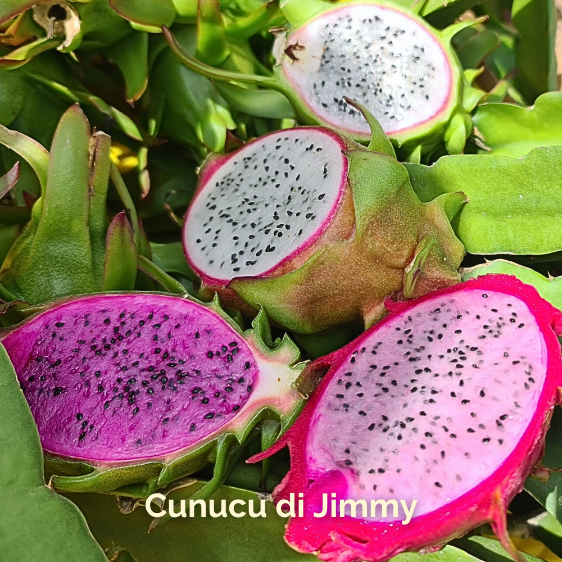
Health benefits
Dragon fruit is a nutrient-rich superfruit that offers numerous health benefits. It’s rich in vitamin C, which help boost the immune system and protect the body from harmful free radicals. Its high magnesium content supports bone health and improves sleep quality. ditionally, dragon fruit has anti-inflammatory properties that can help reduce the risk of chronic diseases such as heart disease and diabetes. With its low-calorie count and ability to stabilize blood sugar levels, dragon fruit is a nutritious addition to any diet, making it an excellent choice for maintaining overall health and well-being.
A Dragon Fruit Pioneer in Aruba
James Ramos didn’t start with dragon fruit; his family initially only grew traditional crops under which melons, okra, peanuts, cucumbers, string beans and fig trees. However, inconsistent rainfall and the challenges of climate change led him to explore alternatives. When he discovered the dragon fruit plant in a local garden, he was intrigued by its resilience and potential. Through years of experimentation and dedication, Jimmy cultivated over 35 varieties of dragon fruit, focusing on flavor and adaptability.
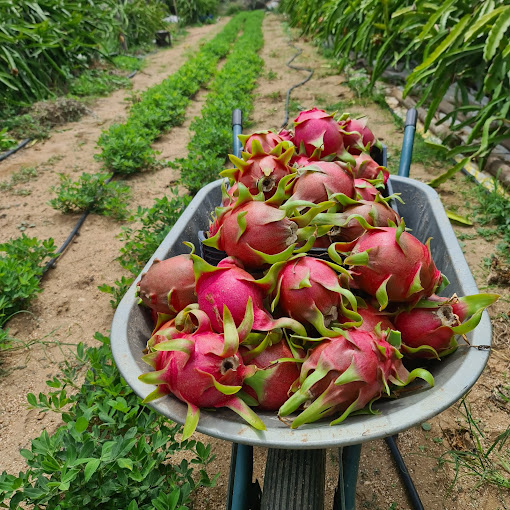
Why Dragon Fruit Thrives in Aruba
Dragon fruit is perfectly suited to Aruba’s hot, dry climate. As a cactus, it thrives in arid conditions, requiring less water than many other crops. The plant has unique characteristics, such as *crassulacean acid metabolism (CAM)*, allowing it to open its stomata at night to reduce water loss—a process I delve into more deeply in my book, “Roots and Renewal – A Path to Sustainability in Aruba”- chapter two “Wisdom from the Cacti on water Management”, James Ocalia, 2024.
The dragon fruit’s large, fragrant flowers bloom at night, often pollinated by bats and other nocturnal creatures. This natural adaptation ensures the plant’s survival and prosperity in Aruba’s environment.

Sustainable farming practices at Cunucu di Jimmy
At Cunucu di Jimmy, sustainable practices are at the heart of everything they do. The farm utilizes bird nets to protect crops, natural fertilizers to enrich the soil, and a combination of rooftop rainwater harvesting, dam water, and drip irrigation to efficiently distribute water. Plastic mulch is used to minimize evaporation, and composting with organic matter and chicken manure enhances soil health and water retention.
What else does Cunucu di Jimmy grow?
While dragon fruit is the star of the show, Cunucu di Jimmy is also known for cultivating a variety of other crops:
- Bonchi largo or bonchi cunucu (Long Beans): savoured as a snack or side dish in Aruban cuisine.
- Peanuts: fresh and crunchy, perfect for snacks or cooking.
- Cilantro: aromatic and fresh, ideal for enhancing your dishes.
- Madame Jeanette Peppers: a fiery addition to any meal.
- Seasonal produce: squash, snap beans, fresh figs, lemon, watermelon, papaya, and melon
Where to buy produce from Cunucu di Jimmy?
You can savor Cunucu di Jimmy’s dragon fruit and other farm-fresh produce at local spots like Mi Boca Dushi Snacks, where the flavors of Aruba come alive in every dish. Eduardo’s Beach Shack in Palm Beach also serves up delicious, freshly sourced dragon fruit, offering a refreshing treat by the sea.
- Mi Boca Dushi Snacks
- Address: Caya Ernesto Petronia, Ponton 66, Aruba
- Phone number: +297 582 9691
- Eduardo’s beach shack
- Address: In front of Playa Linda Beach resort
- Address: Eduardo’s Beach shack savaneta next to S Chow Supermarket, Savaneta 119
- Palms and Dragons
- Phone number: +297 593 9193
For those interested in growing their own dragon fruit, contact “Palms and Dragons”, a local nursery by missionaries Frits and Jantine van Dijk, offers plants propagated with a special organic soil mix. They provide a variety of dragon fruit plants that can thrive in large pots or directly in the ground.
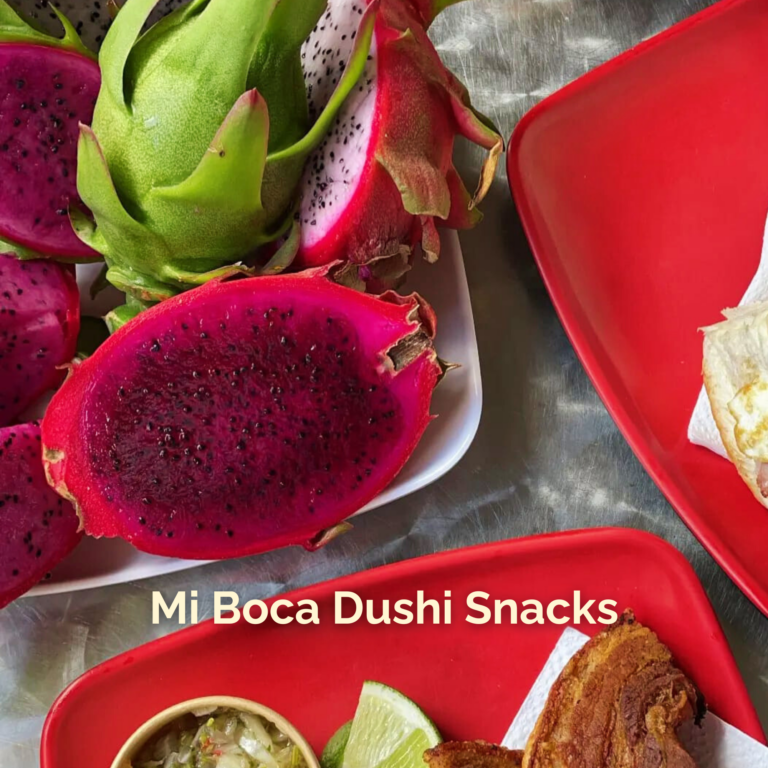


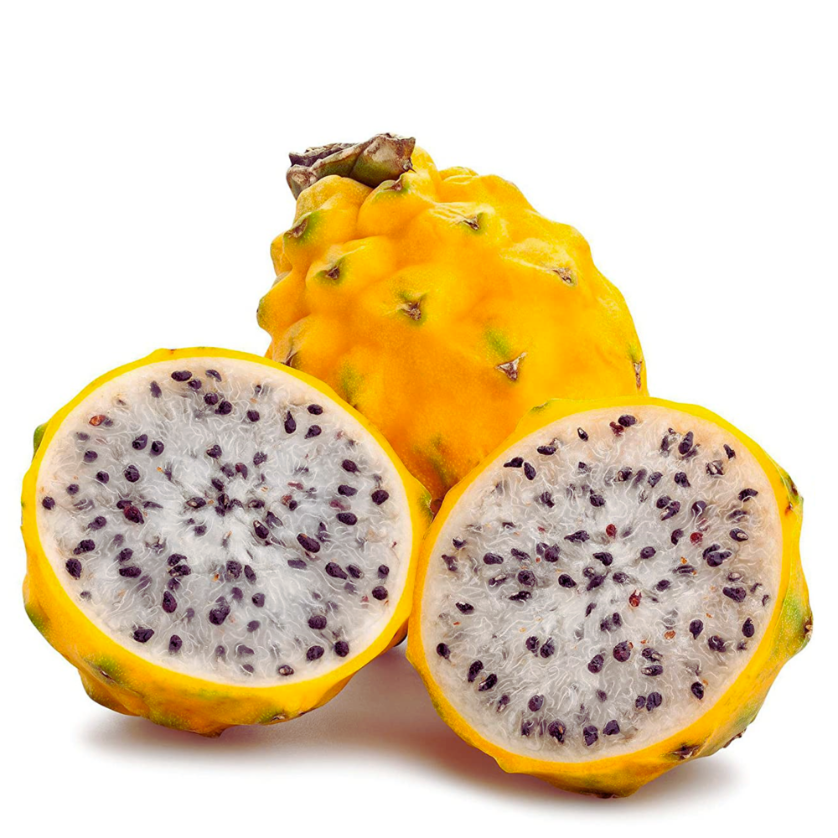

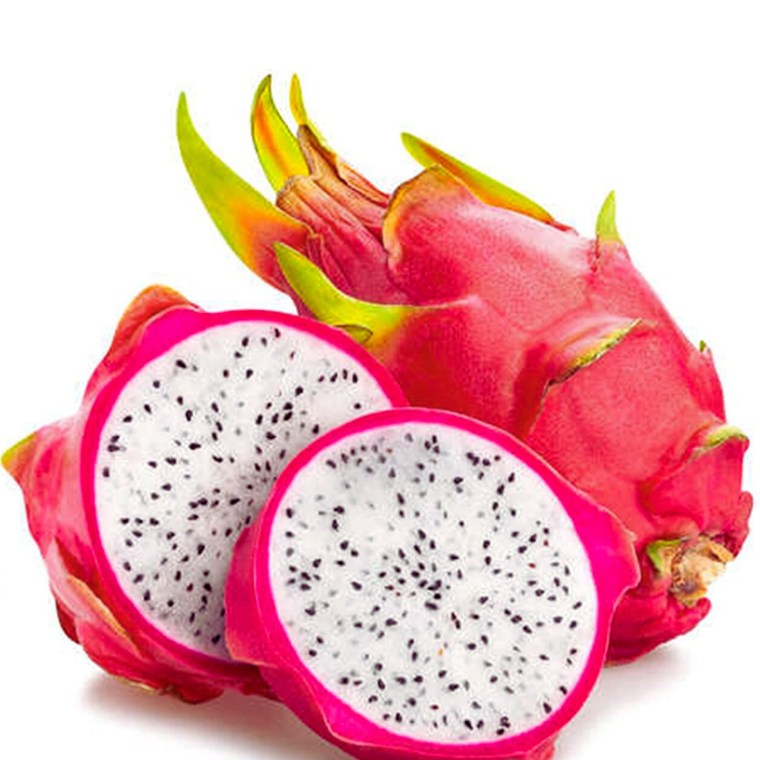
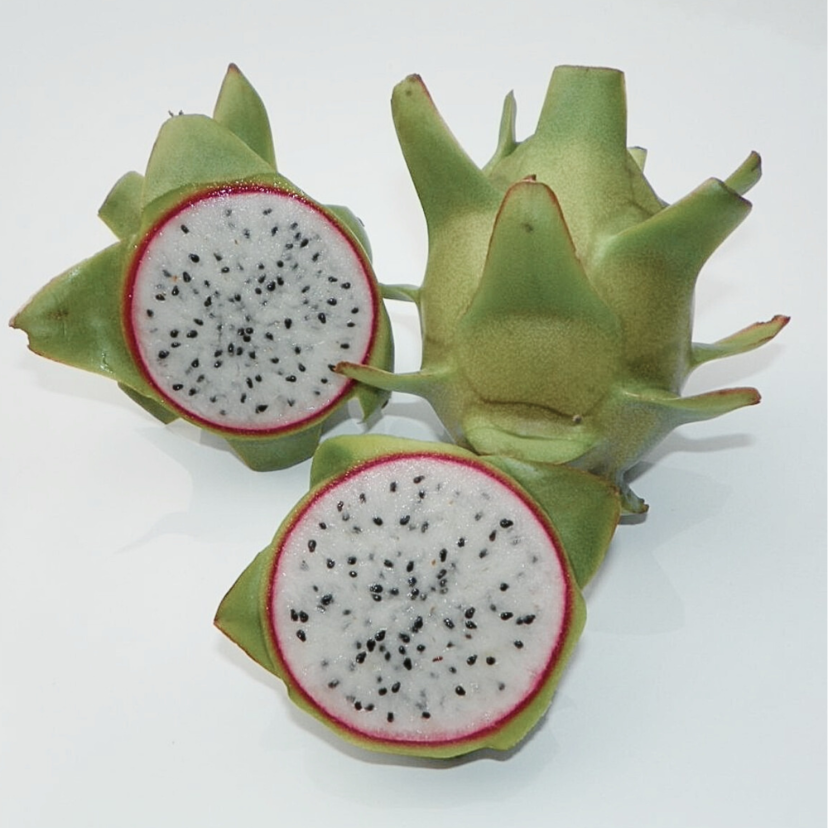
Visit local farms
Cunucu di Jimmy is a testament to what’s possible when passion meets innovation. Whether you’re a foodie, a gardener, or just someone interested in sustainable living, a visit to this farm will leave you inspired. If you are looking for more farms like this in Aruba check out our page Best farms in Aruba.
Hola….cual el número telefónico de cunucu de Jimmy??
Gracias
Tyrone Pinoargote
Hola, para contactar a cunucu di jimmy llame a Mi Boca Dushi snacks. Su número de teléfono es +297 582 9691